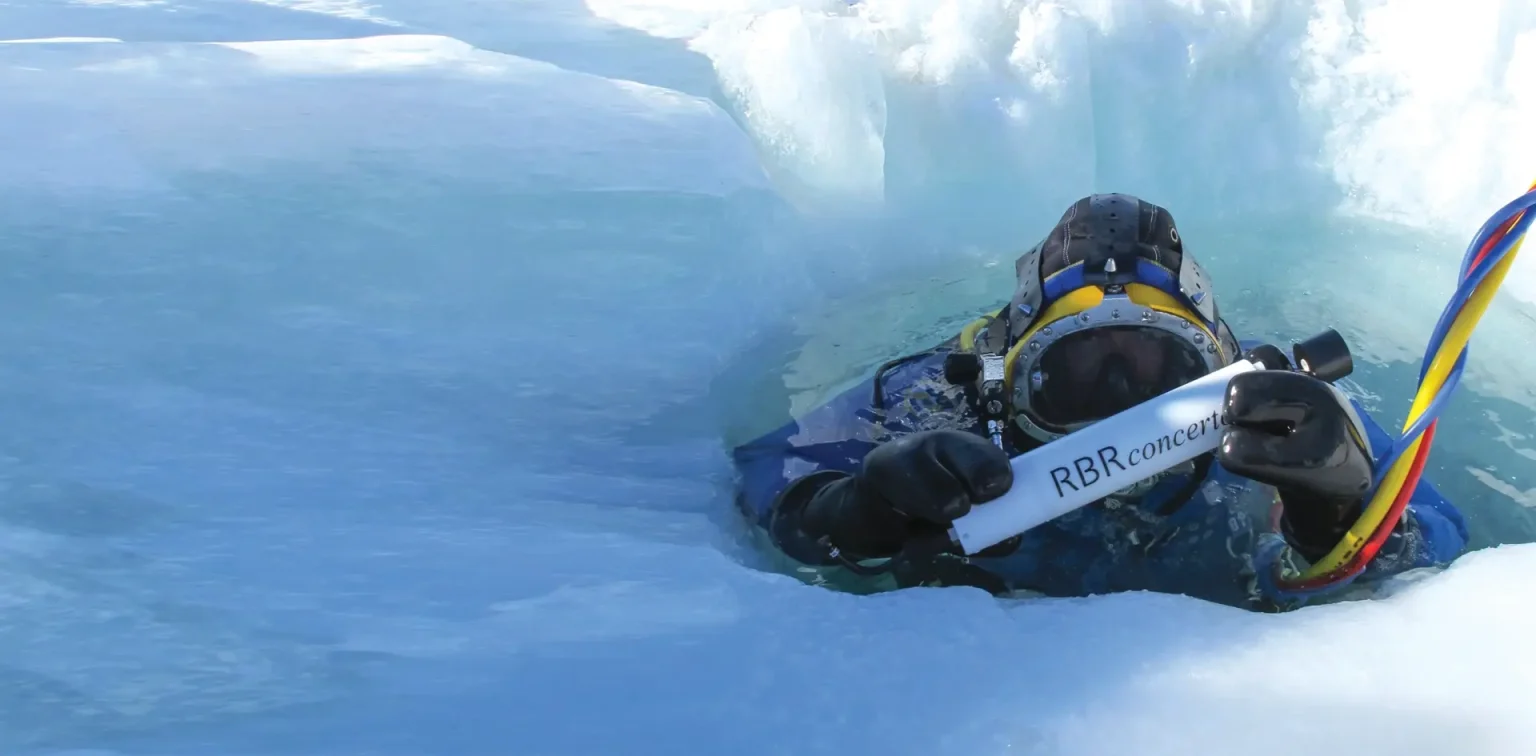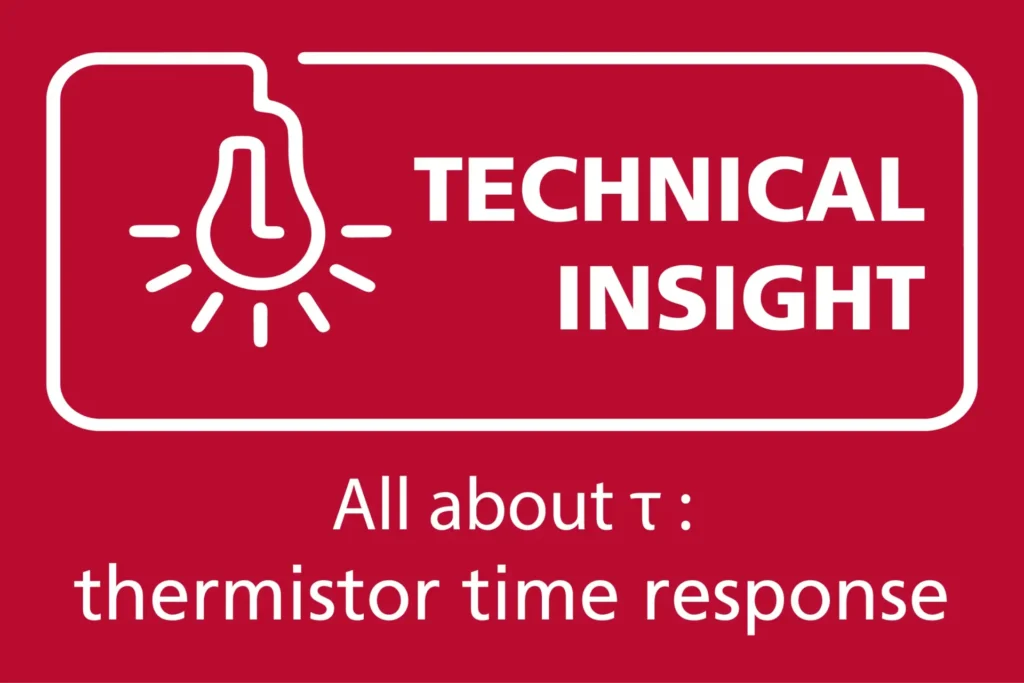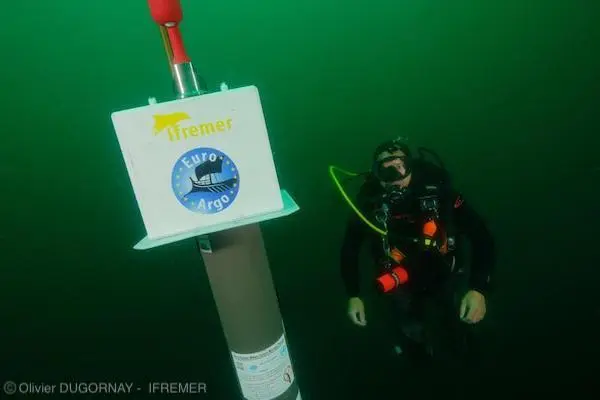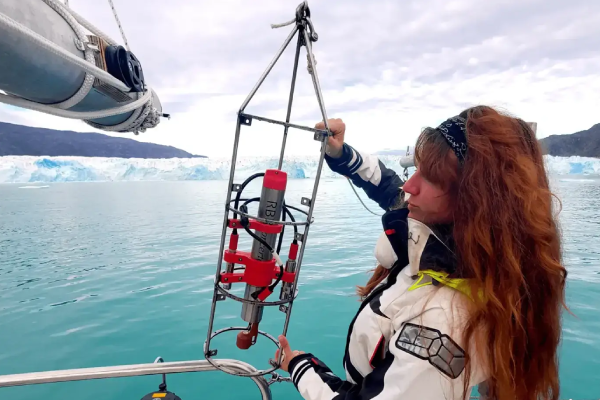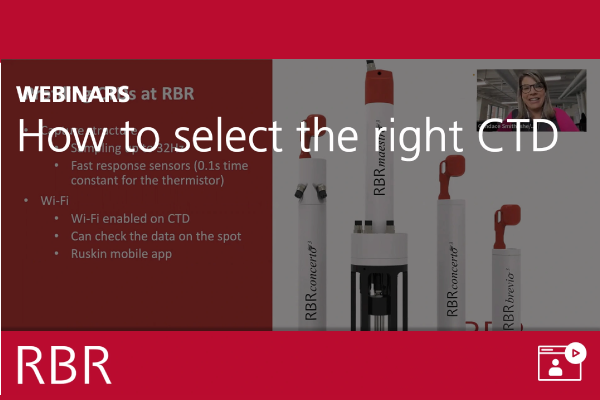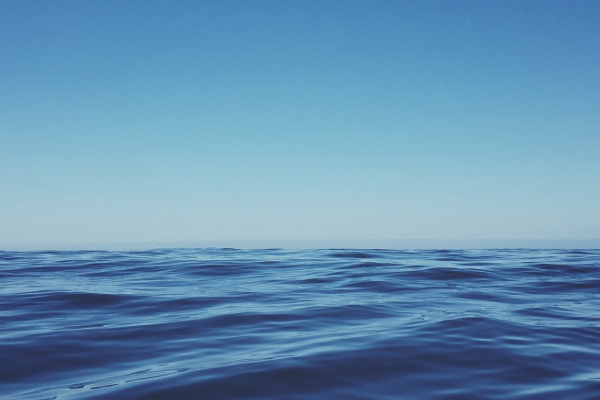Latest Technical insights
Thermistor time response: what is it and why is it important?
What is the time response (tau) of a thermistor? The time constant of a thermistor, also referred to as time response…
pyRSKtools: Improved oceanographic data processing with Python
About pyRSKtools pyRSKtools is RBR’s open source Python toolbox for reading, post-processing, visualizing, and exporting RBR logger data. Users may plot…
RBR provides CTDs and sensors for the Argo program
The Argo program is the largest ocean climate monitoring system in the world, providing continuous observations of key ocean parameters through…
How to select the right CTD for your application
Summary Different CTDs excel in different applications, and with RBR’s wide range of available CTDs, the task of picking the best…
How to select the right CTD [Webinar]
https://www.youtube.com/watch?v=hLMZ8MH3nVM Short on time? Skip ahead to learn: the first thing you should think about when selecting a CTD (2:00) why…
All about speed of sound in water – what it is, how it’s measured, and why we care
What is speed of sound in water and why do we measure it? Sound-speed in water is a quantification of how…
